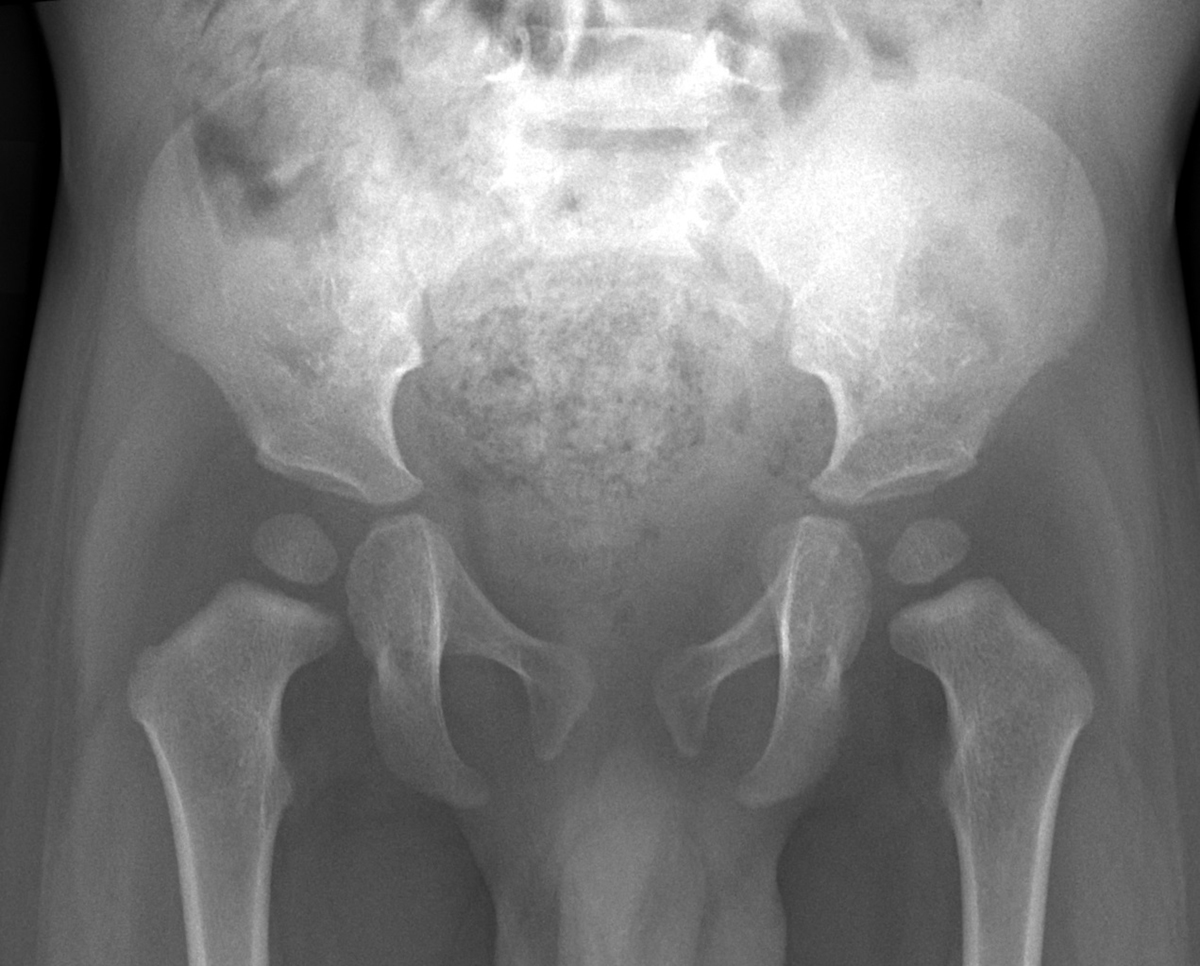
Introduction to public bone pain
Many people often complain of pubic bone pain to their chiropractors. The pubes are a part of the large cone that is called the ilium, which makes up most of the pelvis.
The pubes are two half-ring bones called ramus.
This is a common complaint for pregnant women. Doctors will often dismiss this public bone pain as inconsequential, and in some cases, poor judgment by doctors has led to telling women that the would need cesarean sections in order to deliver the baby because they are misdiagnosing the public pain.
Public pain during pregnancy needs to be heeded. Even though midwives and doctors do not really have cures for the condition, it can be fixed with chiropractic treatment and osteopathic manipulation.
It is not a pain that the women must live with. Usually, this kind of pain means that the women will have to take special care and precautions when delivering but it does not mean that a c-section is mandatory.
The pain in any case, is usually temporary, but can continue after child birth as well and can move down to the inner thighs and make walking painful. However, it is not just a pain that is experiences with pregnancy, many men also experience pain of the pubic bones.
Causes of public bone pain
No one is sure what the real cause for the pain is, even when it occurs during pregnancy. However, most believe that structural issues are involved, and that they usually deal with the misalignment of the pelvis. If the pelvis is out of alignment, this means that the bones do not line up correct in the front and that extra pressure and weight is being put on the pubic symphysis cartilage. If these two sides of the pelvic are not aligned, then motion is restricted and there is no longer a full range of motion. There is also pulling on the connecting pubic symphysis and it can be quite painful.
The more this alignment is not functioning, the more pain ensues. This misalignment can also have a negative effect on the back as well, since the pelvis and the back are connected and work together as a unit in movement.
It is also important to note that injuries and problems of the back can often spread and affect the pelvic area as well, so the root of the problem does not always have to be located in the pubes.




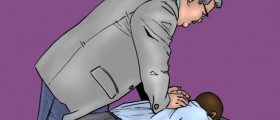



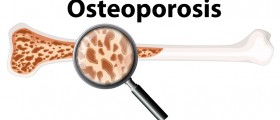
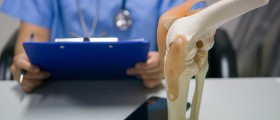
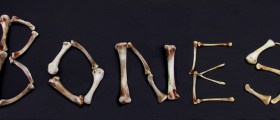
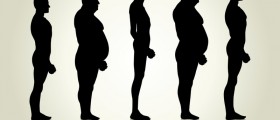



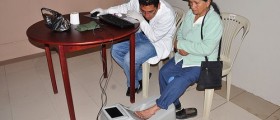

Your thoughts on this
Loading...